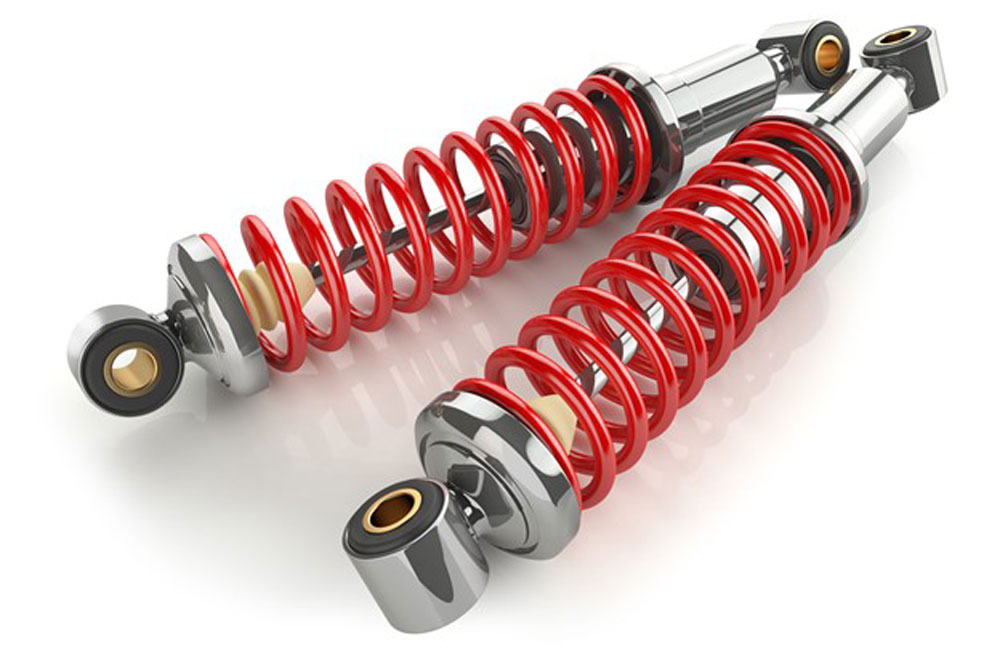Arguably, the most important component of any vehicle is the battery. Without it, you will not be going anywhere. If you like to wash your car on your own, then once you wax as you dry, you may find yourself asking, “How long have car batteries been around?” The answer may surprise you.
Ancient Origins
Historians believe there is evidence to suggest the ancient Parthians developed the world’s first battery-like device. In the 1930s, people discovered clay jars that resembled batteries. They even contained a negative terminal consisting of a copper cylinder and a positive terminal consisting or an iron rod. Far before the first engine code reader came into existence, ancient societies were building batteries to help them with everyday tasks.
The First Car Batteries
The first automobiles did not have any need for batteries. Most of them operated on a crank system, so there was no need for them to store any electrical capacity. In the 1800s, cars had bells instead of horns, and the headlights were gas-powered. Think about that the next time you have to ask yourself, “Where are reliable headlight bulbs near me?”
The first car to come with an electric starter in the United States was the 1912 Cadillac. This self-starter was engineered by Charles Kettering and Henry M. Leland, who worked at Cadillac. They wanted to create a more efficient alternative to the crank starting systems after a Cadillac engineer lost his life after the engine on a car backfired, and he was killed by the starting crank. The lead-acid battery quickly became an essential part of any automobile. The Hudson Motor Car Company in 1918 became the first company to make the standard battery a regular part in all of its cars.
Greater Car Batteries
The past century has brought about wonderful developments in the evolution of the car battery. In particular, the 1950s saw great innovation as more cars started requiring a 6V system. Cars and their engines soon became larger, which necessitated 12V batteries. 1971 saw the introduction of the Delco-Remy Freedom Battery, which was the first lead-acid battery that was maintenance-free in the automotive industry. The 1970s also saw the development of VRLA AGM batteries.
Modern Batteries
Batteries have never truly stopped evolving over the years. As cars continue to become more complex, the batteries must follow suit. Cars’ electrical demands grew substantially throughout the 1990s and 2000s, which required batteries to become equally as complex. More cars began to adopt Absorbed Glass Mat batteries in the 1980s due to their presence in military vehicles.
Many recent cars have the inclusion of Lithium batteries. They deliver incredible amounts of power in a small package. This was a necessity due to the introduction of hybrid and plug-in hybrid vehicles in recent years. It is expected for Li-ion batteries to soon meet their limits, and chances are good there will be substantially different batteries in most cars by 2030.
You can find all the batteries you will ever need for your car at your local auto parts store. Contact the shop today if your vehicle is in need of an upgrade.











